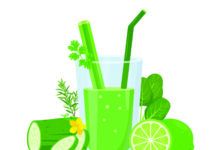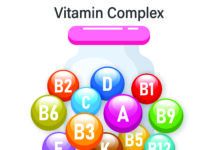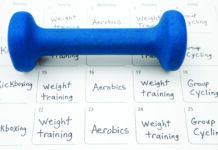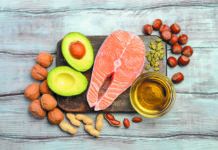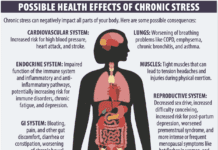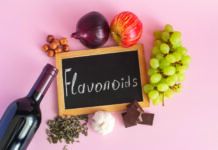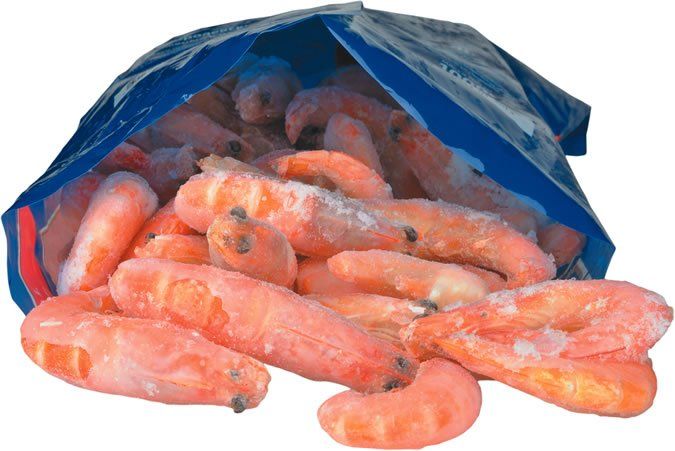
A wide variety of options are available that allow you to easily shift between cooking for one, two or more people depending on the occasion. These products make it easier to prepare healthy meals.
“We now have really high-quality bags of frozen and precut fruits and vegetables and other resources that speed up preparation and allow for a lot of flexibility in the amount used at any one time,” says Alice H. Lichtenstein, DSc, director of Tufts’ HNRCA Cardiovascular Nutrition Laboratory.
Frozen and precut produce and previously portioned meats and fish are also helpful to anyone with reduced grip strength or arthritis who may have trouble slicing and chopping fresh foods.
Canned Foods: These foods include healthy choices, especially canned beans and stewed tomatoes made with less or even no added sodium. Lower-sodium soups also make it easier to cut back. Alongside the soups are reduced-sodium and no-salt-added soup stocks and broths—an excellent soup base for vegetables approaching the end of freshness.
Canned fruit is also a convenient option as a side dish, addition to salads, snack or dessert, but buy them packed without added sugar.
Frozen Produce: Frozen produce (chopped, sliced, or whole)—without added seasonings or sauces—is a solid foundation for a healthy dietary pattern. Convenient bags of plain frozen vegetables make it easier to prepare nutritious soups, sauces, stews and stir-fry dishes. Frozen vegetables add color and texture to your meals, too. Frozen fruits are a handy resource for making healthy breakfasts and desserts. And, frozen produce essentially eliminates waste.
Precut Produce: When cooking for one or two people, fresh vegetables present a dilemma. The taste and texture are appealing, but the freshness clock starts ticking when you buy them. Heads of lettuce, full-size squash and other vegetables and greens can go bad before you have a chance to eat them.
Small bags of salad greens are commonplace now. But many markets also offer a variety of precut fresh produce, such as bags of baby carrots, grated carrots, cabbage slaw and sliced, spiralized or cubed vegetables and fruit.
Protein Options: Getting adequate protein every day is important since older adults are at risk of age-related loss of muscle mass, strength and function.
– Red Meat. There are many lean cuts of fresh red meat (beef and pork) available, including lean ground beef. These can be divided into individual portions and frozen for later use.
– Poultry. Options include boneless, skinless chicken breasts or thighs, which cut back on preparation time. You can also buy bagged frozen chicken fillets. Ground turkey or chicken are other lean-meat options.
–Frozen Fish. Frozen fish products make it easier for you to obtain high-quality protein on a regular basis. These include bagged frozen shrimp and fish fillets (salmon, halibut, tilapia, others). It’s typically flash-frozen right on the boat when it’s caught and thus may be fresher than fish sold as fresh.
–Canned Seafood. These include tuna, mackerel, salmon, shellfish and sardines. However, even when packed in water, canned fish often contains a significant amount of sodium. Read the nutrition labels to check sodium per serving.
–Eggs. Eggs are a relatively inexpensive source of high-quality protein, unsaturated fatty acids, vitamins and minerals. Eating an egg about every day or so on average will not significantly raise your blood





